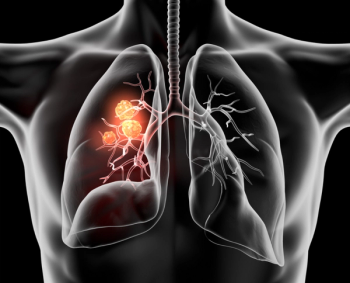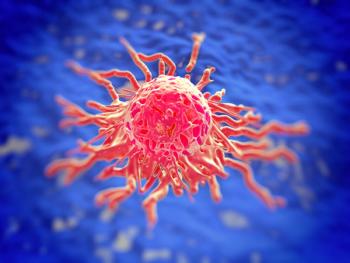
High-risk areas for disease progression include genitalia and the scalp.

High-risk areas for disease progression include genitalia and the scalp.

An expert shares information on risk factors and controversies around testing.

Pharmacologic approaches can reduce the risk of chronic GVHD.

Oncology pharmacists are as diverse as the cancers they manage and have key roles in the following areas of the cancer care continuum.

Each therapy presents a different but effective treatment option.

Novel drug development has been focused on the augmentation of the T-lymphocyte response.

Because of CRS and neurologic toxicity risk, the therapy is available through a REMS program.

Both indications for the CTLA-4 inhibitor were approved by the FDA in 2022.

HER2-low disease demands a different approach from that of HER2-negative disease.

The patient's list of medications reveals significant drug interactions to be addressed.

PARP inhibitors in particular have changed the therapeutic landscape for EOC.

Numerous clinical trials are investigating the next generation of PARPi.

Approval of a novel antibody-drug conjugate ushers in new second-line option.

These agents are likely to become the mainstay of cancer treatment in the very near future.

Artificial intelligence technology is integrated into the services and products we use every day in our personal and professional lives.

Change is upon us, and opportunities for advancing treatment opportunities for patients continue to look strong.